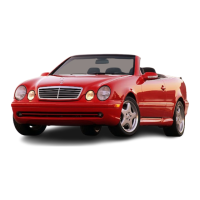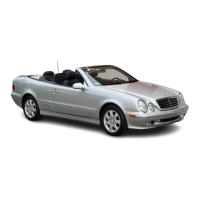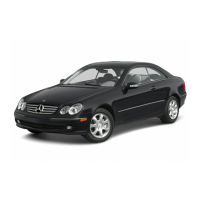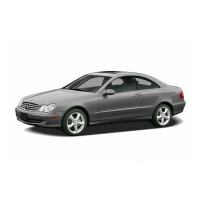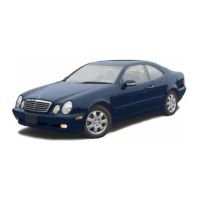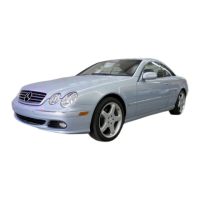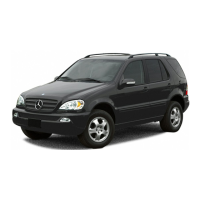261
Operation
Tires and wheels
Important guidelines
앫 Only use sets of tires and rims of the
same type and make.
앫 Tires must be of the correct size for the
rim.
앫 Break in new tires for approximately
60 miles (100 km) at moderate
speeds.
앫 Regularly check the tires and rims for
damage.
앫 If vehicle is heavily loaded, check tire
pressure and correct as required.
앫 Do not allow your tires to wear down
too far. Adhesion properties on wet
roads are sharply reduced at tread
depths under
1
/
8
in (3 mm).
앫 When replacing individual tires, you
should mount new tires on the front
wheels first (on vehicles with
same-sized wheels all around).
Life of tires
The service life of a tire is dependent upon
various factors including but not limited to:
앫 Driving style
앫 Tire pressure
앫 Distance driven
Direction of rotation
Unidirectional tires offer added advantag-
es, such as better hydroplaning perfor-
mance. To benefit, however, you must
make sure that the tires rotate in the direc-
tion specified.
An arrow on the sidewall indicates the in-
tended direction of tire rotation.
Warning! G
Tires and spare tire should be replaced after
six years, regardless of the remaining tread.
!
Keep unmounted tires in a cool, dry
place with as little exposure to light as
possible. Protect tires from contact
with oil, grease and gasoline.
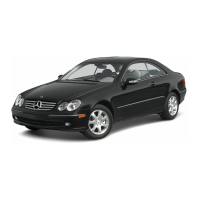
